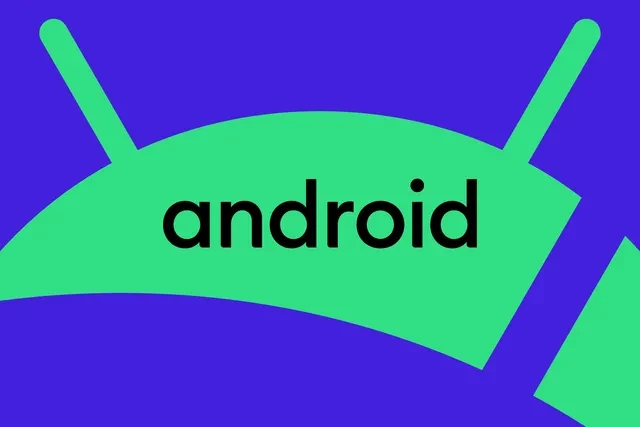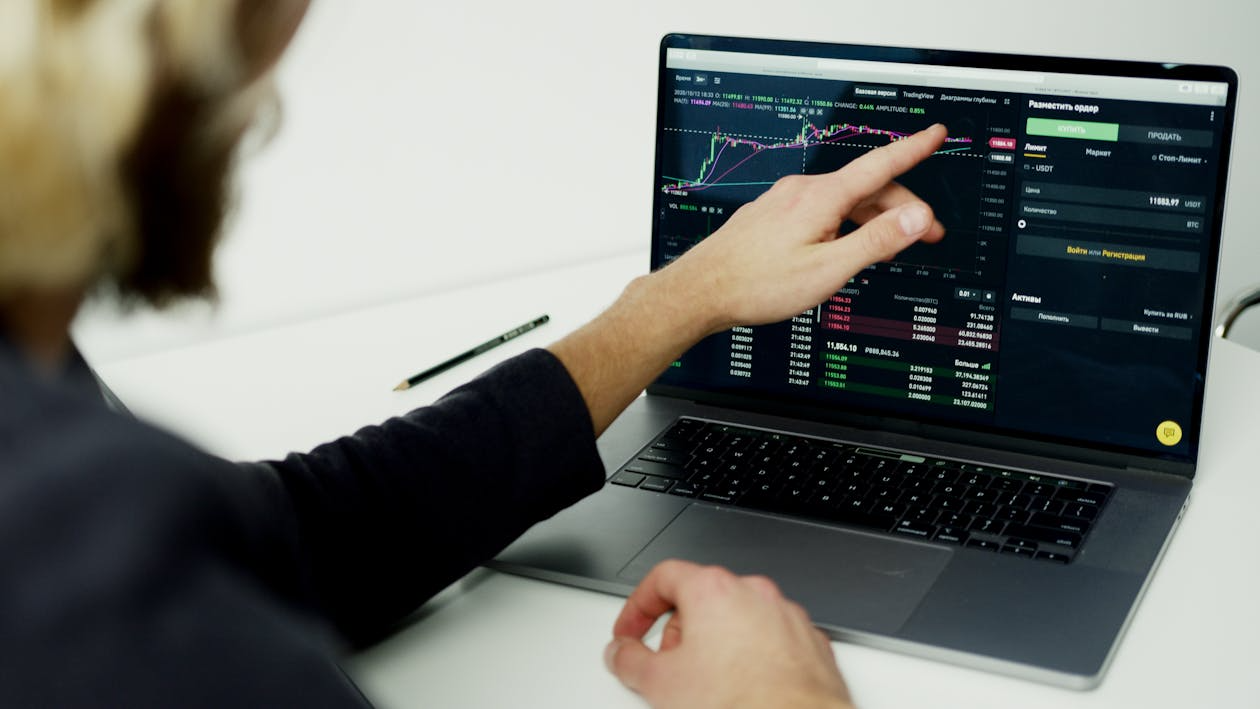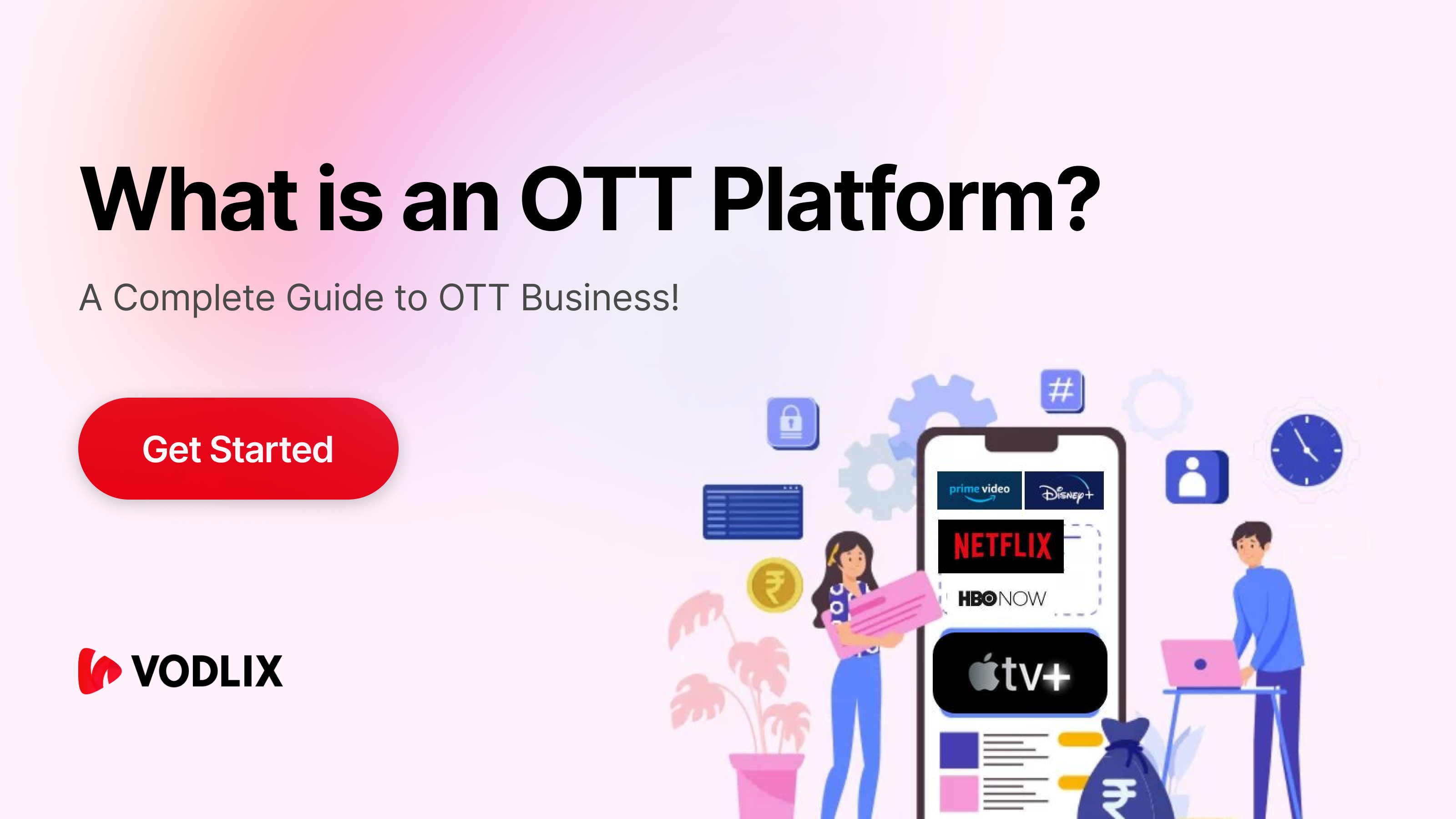
Google is showing off some of its plans for Android 14 in the OS’s first developer preview, which is available today. While it doesn’t tell us much about the consumer features we’ll be getting later this year, it does show Google has continued to focus on foldables, tablets, and other large-screen devices, as well as user customization.
Google’s blog post announcing the preview says that Android 14 “builds on the work done in Android 12L and 13 to support tablets and foldable form factors” and lists several tools that developers can use to make sure their apps run “everywhere Android runs.” The company is also updating and adding to its documentation about designing apps for large screens and foldables.
This focus isn’t a surprise at all, given that Google has already announced a Pixel tab-let for release in 2023 and the rumors that it’s about to reveal its own folding phone. And as Google noted, it’s been working on this stuff for a while; Android 12L’s big new fea-tures, such as a taskbar meant to make multitasking easier and two-column quick set-tings and notifications view, which were clearly meant for large-screen devices and fold-ables.
We haven’t gotten a ton of details on what fun customizability features will come with the consumer version of Android 14. However, Google’s post does say that its goal with Android 14 is to “make sure that Android users can tune their experience around their individual needs” by “including enhanced accessibility and internationalization features.”
Part of those efforts includes bumping up the maximum font scale on Pixel devices from 130 percent to 200 percent but doing so in a way that keeps the text from getting way too big. Still, given that text could end up being significantly bigger, developers will want to test their apps to ensure their UIs can handle it.
Google’s also improving Android 13’s per-app language system and making it easier for developers to handle languages with grammatical gender.
Like with support for larger displays, customization has also been a major theme for the past few years. Android 12 debuted Google’s Material You design, and Android 13 spread it to more places in the operating system.
The Android 14 developer preview also introduces changes to low-level parts of the system that are meant to help improve your device’s battery life and make it more responsive. Some of the changes are purely on the system level, while developers may have to update their apps to play nice with others. (One specific change Google’s encouraging developers to make deals with how they schedule tasks to happen at a specific time.)
- Econet launches 5G in Victoria Falls
- Re-imagining the workplace: Google and other company visions
- How will 5G impact healthcare?
- Telecoms companies set to review tariffs
Keep Reading
There’s also a slew of privacy and security improvements as well, though most of it is under-the-hood stuff, at least for now. Apps for Android 14 will have to be more specific when using the Intents system that lets them communicate with other app components, and any code they load will have to be read-only to avoid the potential for code injection.
The developer preview is available if you have a Pixel 4a (5G) or newer and are willing to manually flash the system image onto it. Not that I’d recommend doing that if you’re not actively developing Android apps — it’s far from its final release state, so there will likely be more than a fair share of bugs.
Google has given us some idea about Android 14’s release date. Its post tells developers that it expects to lock down all the changes to its APIs by June, with the official release happening “several weeks” afterward, likely sometime in August.











